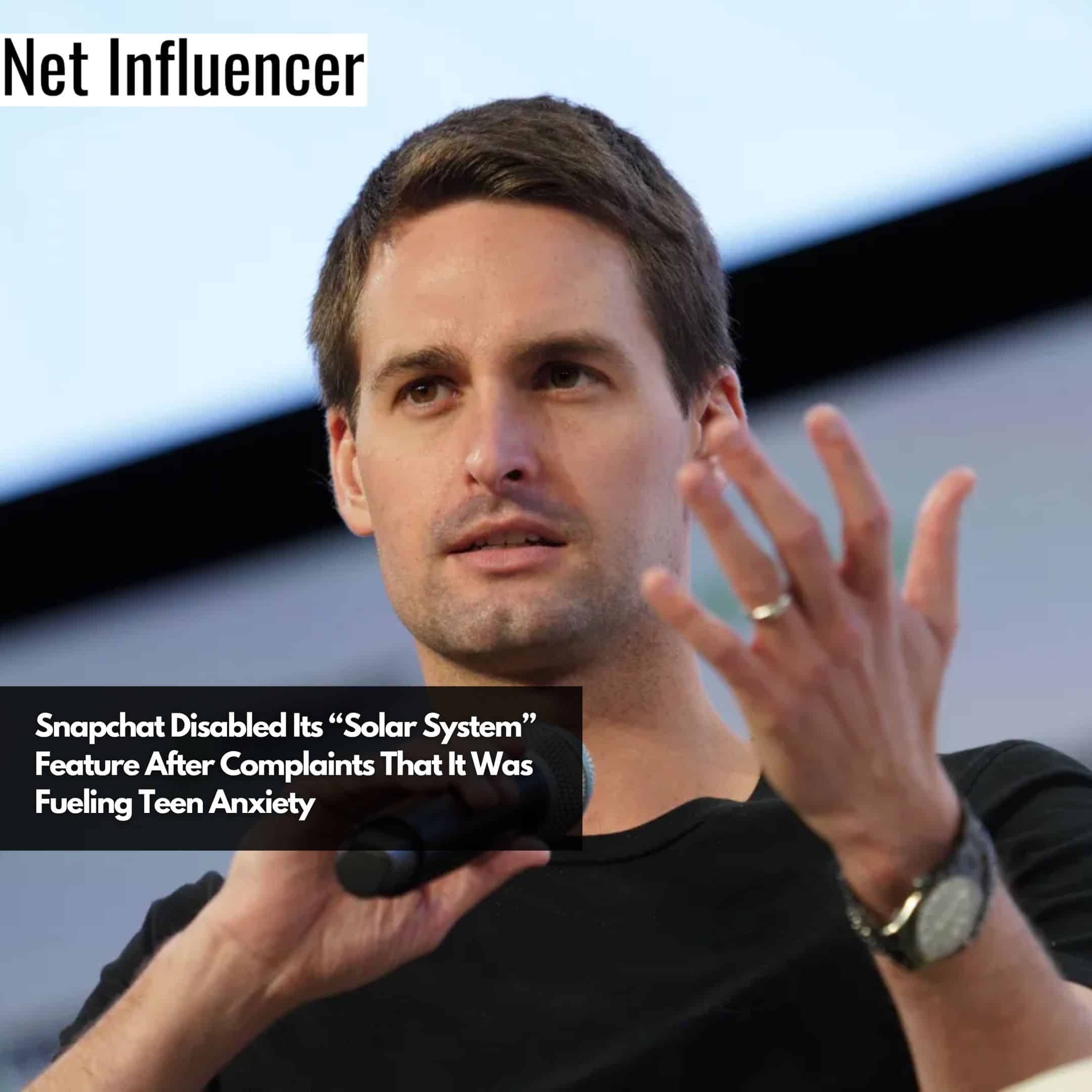Platform
Snapchat Disabled Its “Solar System” Feature After Complaints That It Was Fueling Teen Anxiety
Snapchat has made changes to its “Solar System” feature after concerns that it contributed to anxiety among teenage users. The feature ranks a Snpachat+ subscriber’s friends based on their level of communication, with those they interact with most frequently appearing closer in the system.

The Wall Street Journal reported on March 30 that the feature was causing distress for some teens who felt hurt upon realizing they were not as close to certain friends as they had believed. In response, Snap announced on April 5 that it would disable the “Solar System” ranking by default, though subscribers can still choose to turn it on.
The company defended the feature, arguing that it provides “additional awareness and context” about friendships that some users desire. However, it acknowledged the potential negative impact and aimed to mitigate harm by making the “Solar System” an opt-in feature.
“We’ve heard and understand that the Solar System can make that feeling worse, and we want to avoid that,” Snap said in the announcement. “We hope this strikes the right balance between providing a feature that is desired by many who use it while avoiding upsetting those who don’t want to use it.”
The “Solar System” is one of several friend-ranking systems on Snapchat. The app also offers a “Best Friends” feature that highlights a user’s most frequent contacts, as well as “Streaks,” which tracks consecutive days of communication between users.
Snap has dealt with backlash in the past as some of its features faced criticism for potentially fueling addiction and psychological harm, primarily among younger users.
The “Streaks” feature, for example, has been slammed for encouraging compulsive app usage by providing a visual representation of communication streaks. After backlash from parents and regulators, Snapchat introduced options to pause and restore streaks last year.



















